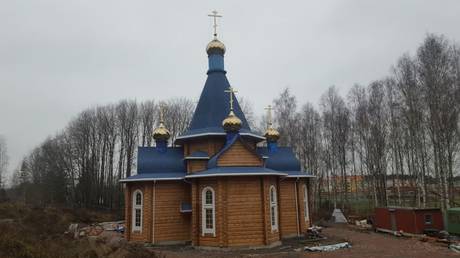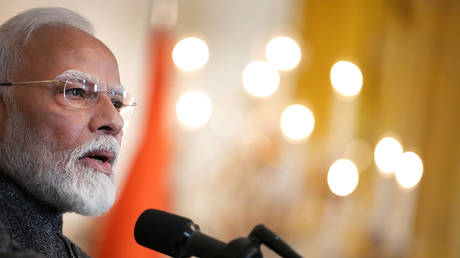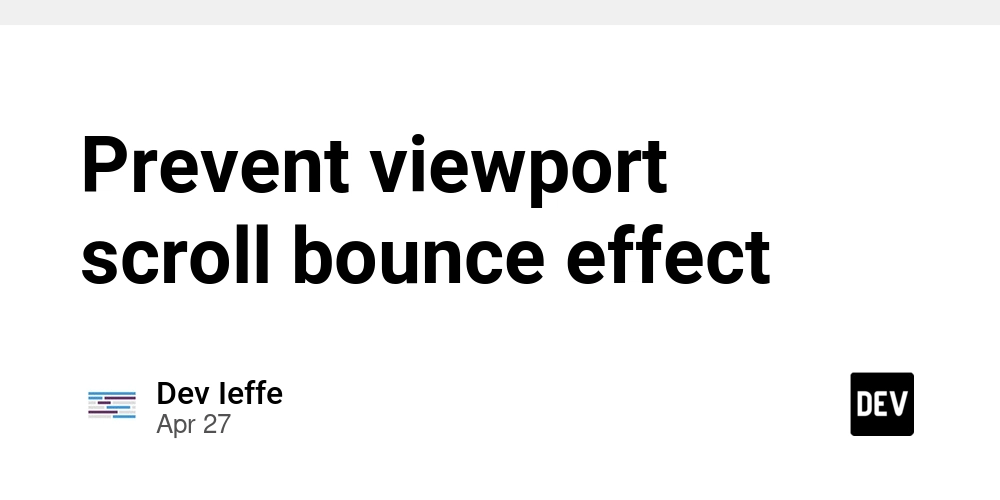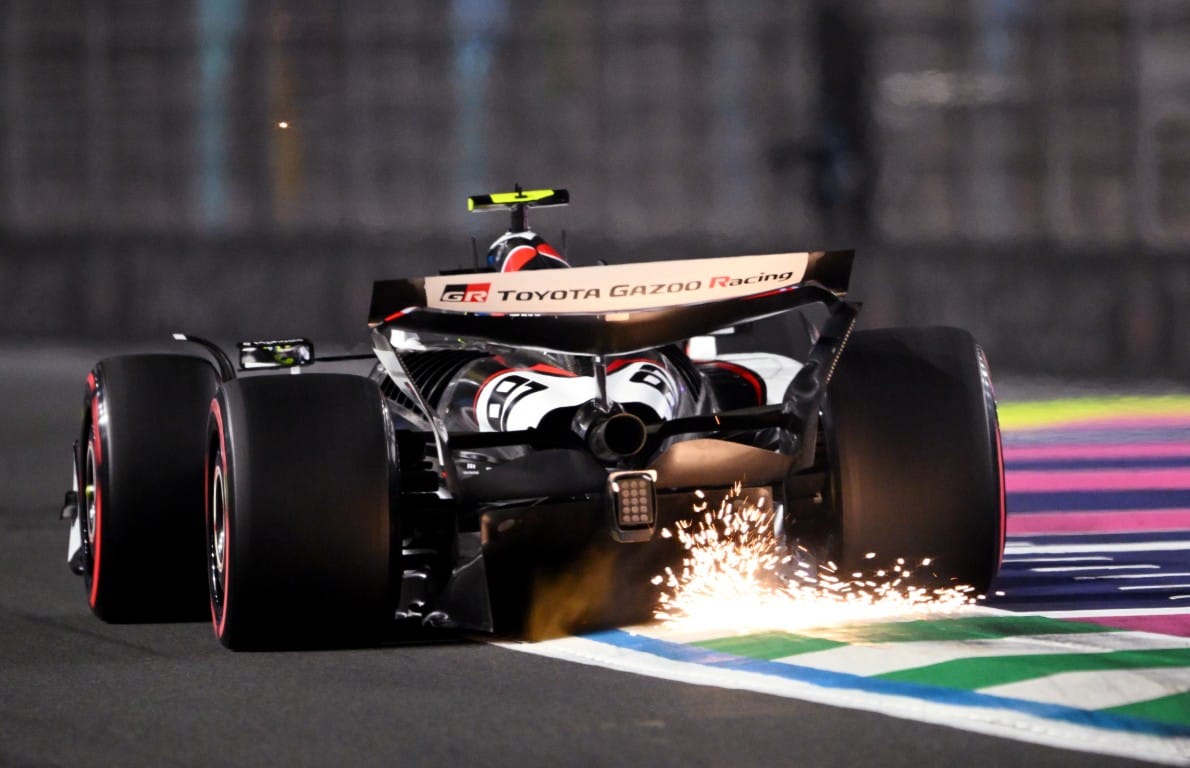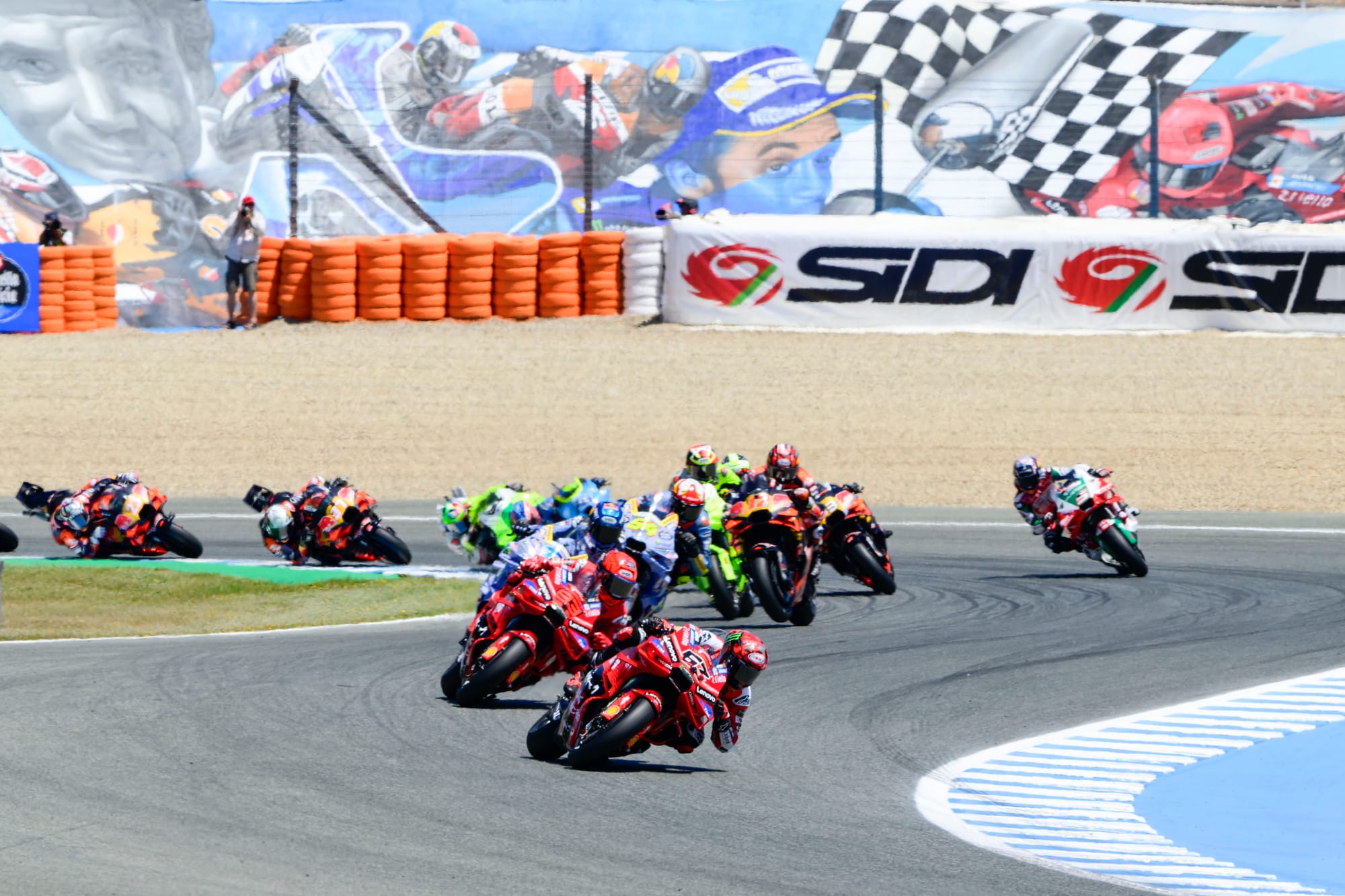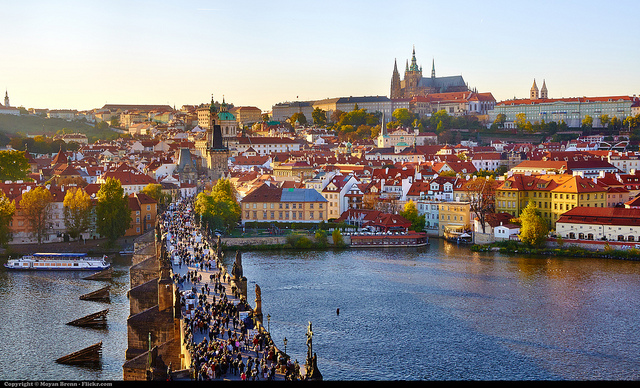The Cause Of The Accident That Started The Fire
A young director goes through a creative crisis during the filming of the movie she's directing. The car accident scene she's shooting lacks a clear narrative cause, leading her to lose confidence in herself.
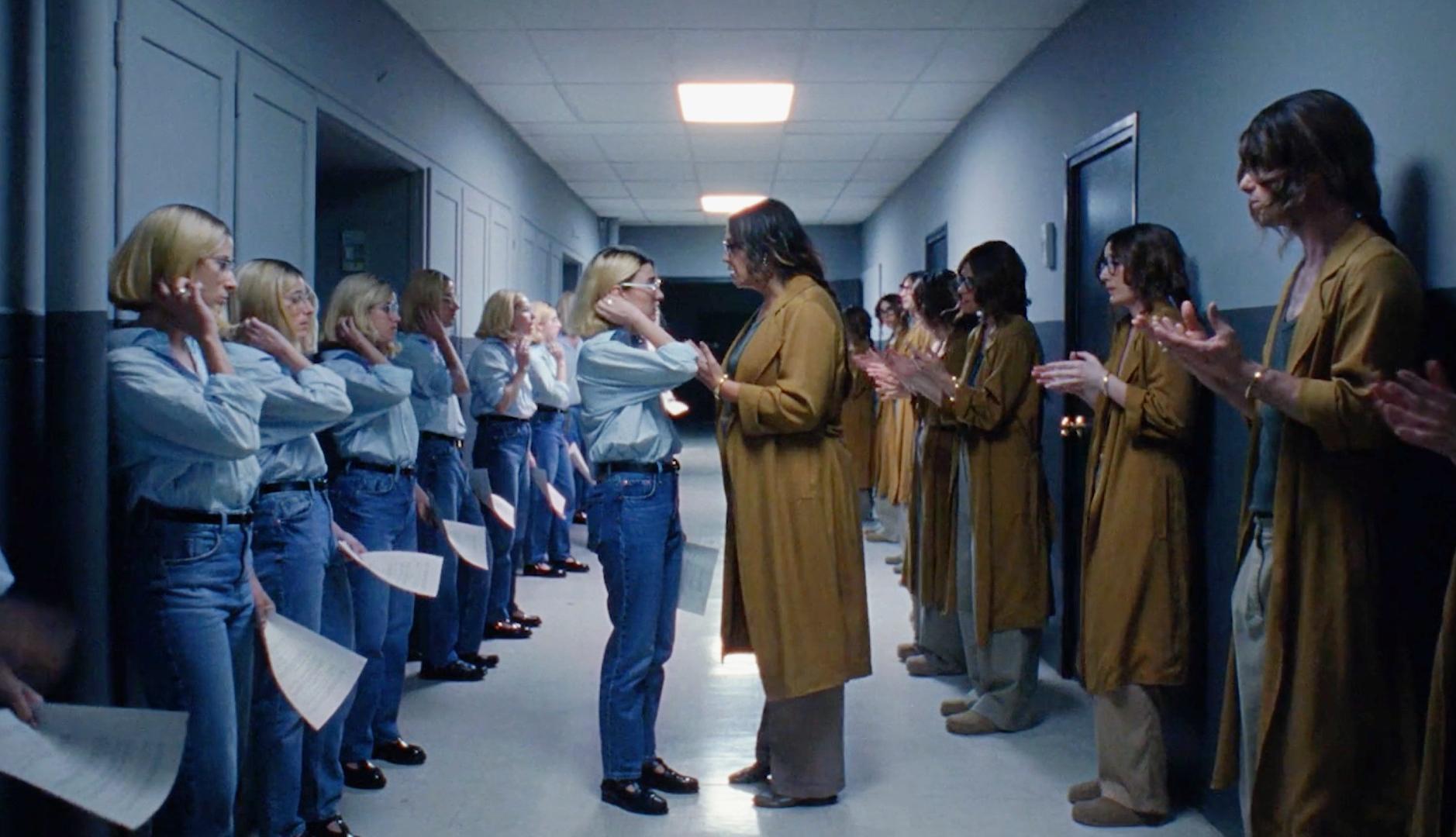

While many short films are created as passion projects that spotlight a single creator’s voice, The Cause of the Accident That Started the Fire stands out because it serves a collective purpose. Created with the goal of showcasing ‘the talent, creativity, and expertise of the Spanish film industry’, this short is more than just an inventive narrative piece — it’s a calling card for an entire creative ecosystem.
Directed by Lope Serrano, co-founder of the acclaimed production company CANADA, The Cause of the Accident That Started the Fire centres on a young filmmaker who begins to question the narrative of her latest project. As her doubts deepen, the film takes us behind the scenes of the shoot and into her spiralling inner world, where the boundary between reality and fiction becomes increasingly distorted.
Speaking about the film on Instagram, director Serrano explained that, “a character can emerge from any person, a story can emerge from any character, and a film could be made from any story, and this is an example of that, a somewhat neurotic, symphonic and pyromaniac one.”

Berta Prieto (L) and Karla Sofía Gascón star in the The Cause of the Accident that Started the Fire.
With a meta-narrative at its core, TCOTATSTF plays with form as boldly as it does with content. Given Serrano’s reputation for visually striking and technically sophisticated work in music videos and commercials, it’s no surprise that this film delivers on both fronts — a feast for the eyes as much as the mind. And while the style is impressive, the sheer scale of the production is just as striking — the two minutes of end credits alone speak volumes about the craftsmanship and collaboration behind every frame.
Focusing the story on a director questioning her own narrative is a smart move, as the film becomes a commentary not only on creative doubt but also on the filmmaking process itself — a story about telling stories. It also aligns beautifully with the film’s broader goal: if you’re trying to showcase the talent of the Spanish film industry, what better way than to build a narrative that allows you to pull back the curtain on the filmmaking process itself?


